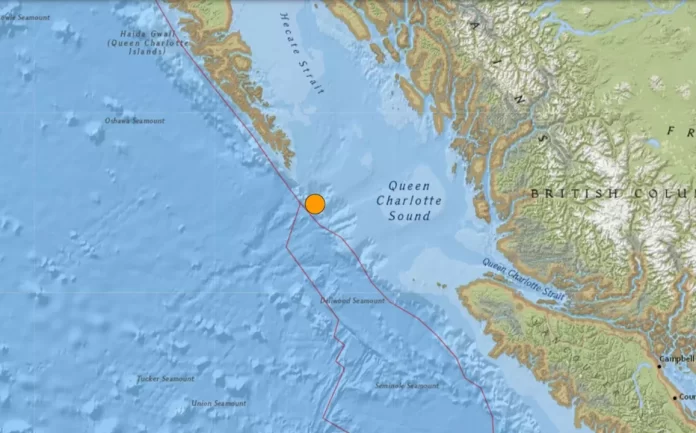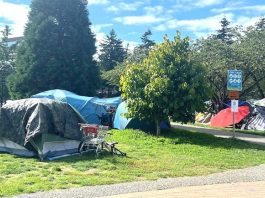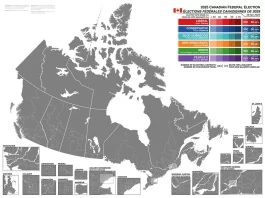Steven Marsh is an associate professor in geoscience at UFV.
On Monday, Mar. 3, a 4.1 magnitude quake hit Vancouver and Victoria at 5:02 a.m. This marks the third earthquake in 10 days following the Feb. 21 4.7 magnitude quake near Sechelt and the Feb. 24 5 magnitude quake 182 kilometres west of Port Alice. As the looming threat of “The Big One” hangs over B.C., The Cascade reached out to Steven Marsh, associate professor of geoscience and soon-to-be professor emeritus, to delve into the seismic zone.
Marsh has been teaching at UFV for around 33 years and created the popular course “Natural Hazards and Hollywood” 17 years ago. He commented on the likelihood of the “Big One” and the slim chance that we can precisely predict it.
“We don’t know how often those things occur because we don’t have enough of a timeline. The Big One’s off the coast. It depends on whose research you look at; they could happen anywhere from 300 to 600 years apart. The last one was 325 years ago, which means we’re in the recurrence interval, but will it happen?”
He added that there was a good chance that something significant could happen within the next 75 years, but whether it occurs within that time frame remains unknown.
“It could be next week, or it could be 75 years from now. So, what do you do?”
Marsh explained the basics of how to prepare for and deal with such an event if it happens in our lifetime. People should have enough non-perishable food and water to live comfortably for 4-5 days. As soon as the shaking starts, ducking and taking cover under a desk may prevent injury from falling debris. Once the shaking stops, it’s best to move to a safer location. Marsh also recommended people keep shoes under their beds to help protect their feet.
“If you have an earthquake during the night, things fall, break, and if you don’t have any shoes, you’re going to cut your feet. I mean, you could. You may not.”
Despite these general recommendations, Marsh observed that risk assessment changes with everyone, whether that’s location, gender, or even occupation. Medicine and pets are other elements to consider. He recalled one of his lessons on the matter.
“I taught a course a couple of times at [the] fourth-year level [about] dealing with natural hazards in North America, and a lot of that is understanding the risk to individuals. Risks will vary from person to person.”
Marsh advised owning an earthquake kit, though he also stressed people should create their own kit instead of overspending on one.
“You should not go out and spend a thousand dollars on an earthquake kit … Build it yourself … I haven’t. I probably should.”
Marsh noted that while the “Big One” is a source of concern, other fault lines pose a potentially greater threat, as they are closer to the Fraser Valley community. He specifically mentioned the fault lines near the bases of Sumas Mountain and Vedder Mountain.
“Those fault lines could create a moderate earthquake [that] could be more significant in the local community than the ‘Big One’ that they always talk about occurring off the shore.”
When asked about UFV’s plan of action if there were to be a strong earthquake, he said that while there is a plan, it hasn’t been effectively shared.
“There is a preparedness plan. [However,] it’s not as well distributed, not as well communicated.”
Ultimately, Marsh believes that what gets one prepared is experience, and as much as plans are made, the future is uncertain.
He shared the case of a girl who, against all odds, had coincidentally experienced the Northridge earthquake on Jan. 17, 1994, in Southern California, with a magnitude of 6.7. Then, exactly one year later, on Jan. 17, 1995, she lived through the K?be Earthquake when it struck Japan with a magnitude of 6.9.
“You never know when it’s going to happen. You plan for the worst and hope for the best.”
Interviews have been edited for length and clarity.




